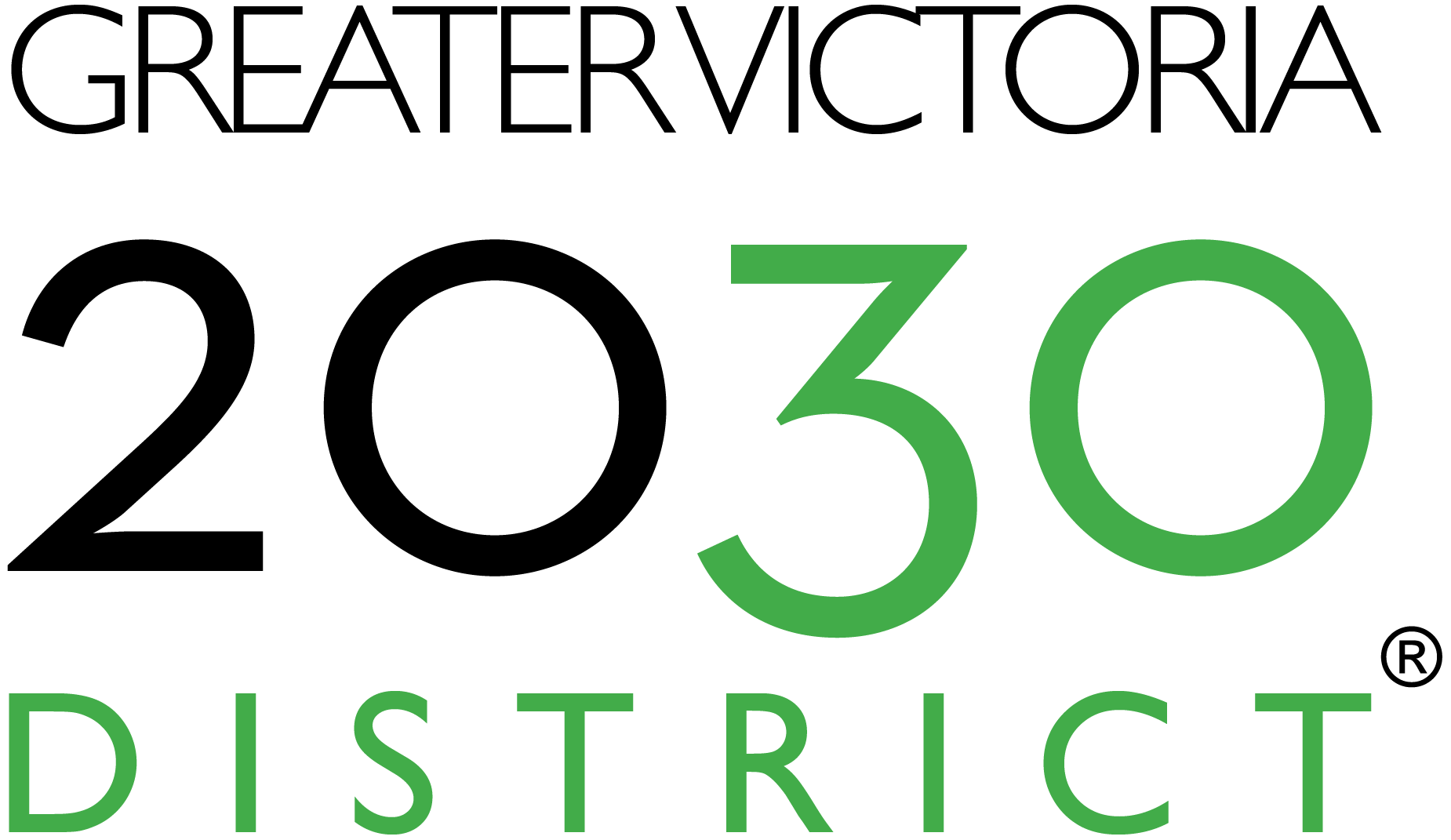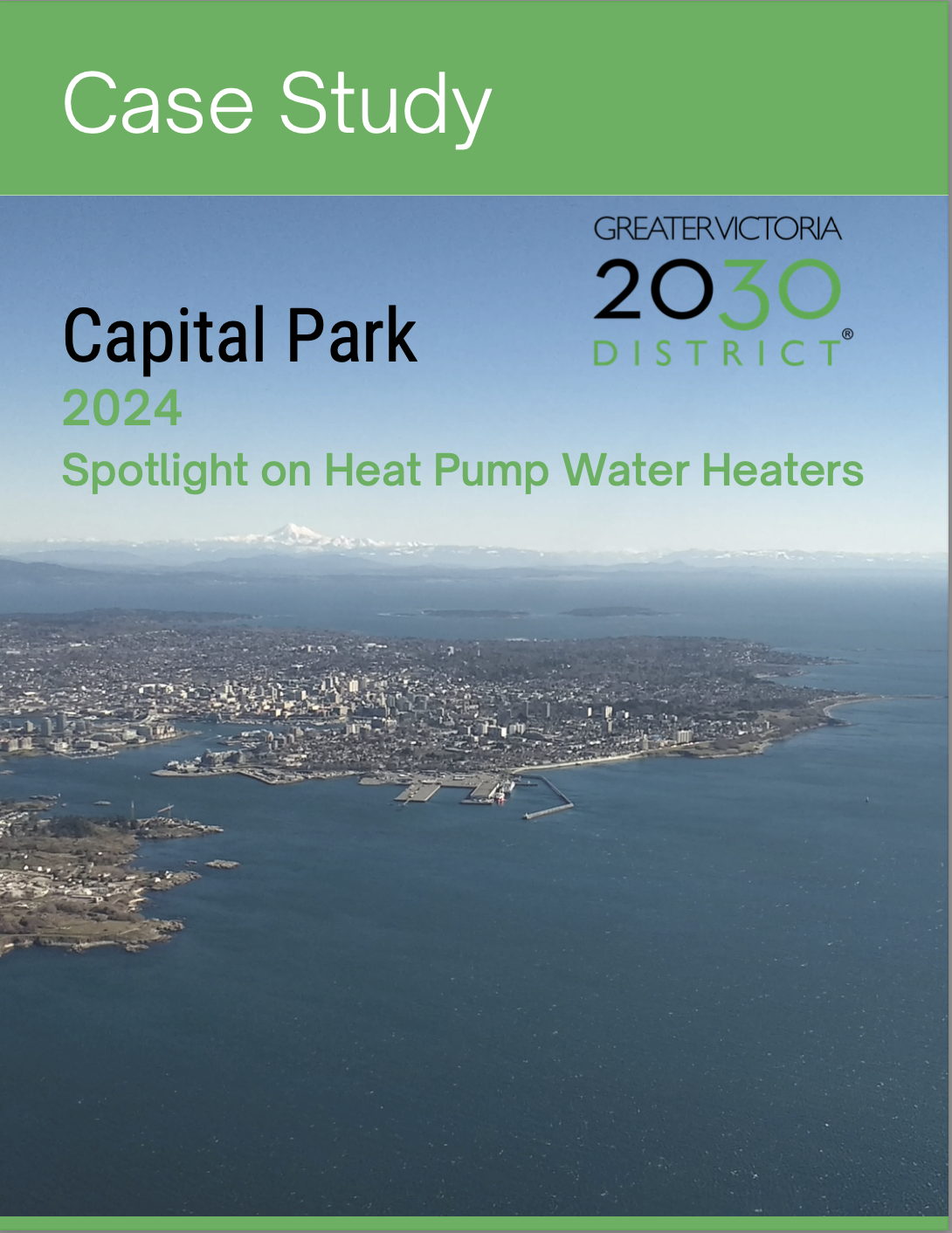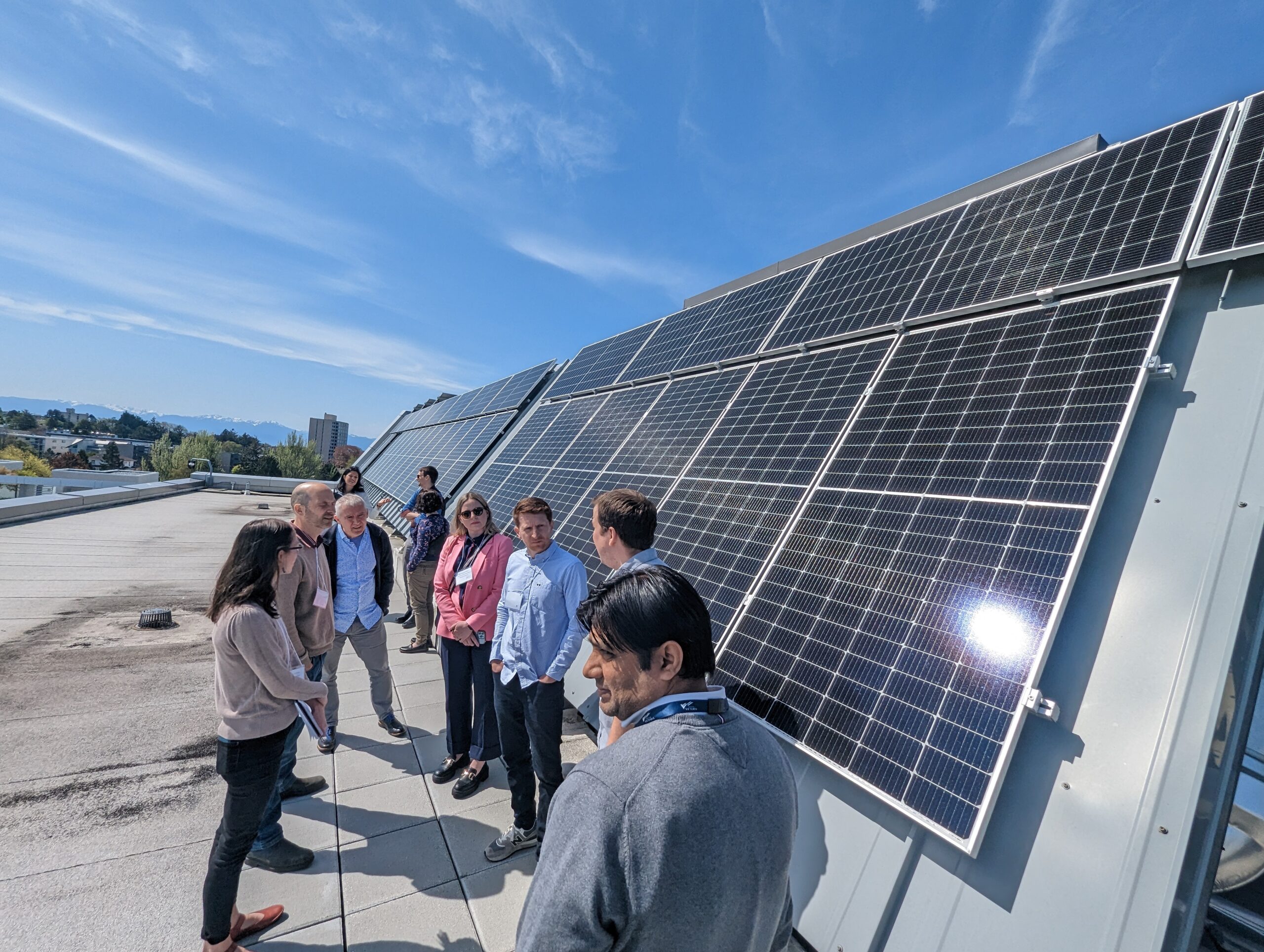Capital Park (Jawl): Hot Water Heat Pumps
Capital Park was originally designed with two condensing gas hot water boilers, coupled with a 250-gallon storage tank. One of the gas hot water boilers failed prematurely. As with all major equipment replacements, Jawl wanted to evaluate like-for-like replacement with alternatives that would support their greenhouse gas and energy consumption reduction targets. Accordingly, they conducted an analysis comparing the conversion to CO2 hot water for the building with the straight replacement of the gas-fired hot water tanks.
Their analysis showed the cost of converting to three Sanden CO2 heat pumps was approximately 35% higher than replacing the two condensing hot water tanks. However, including lifecycle factors, GHG and energy consumption goals demonstrated a positive business case.
Read the full report here.



